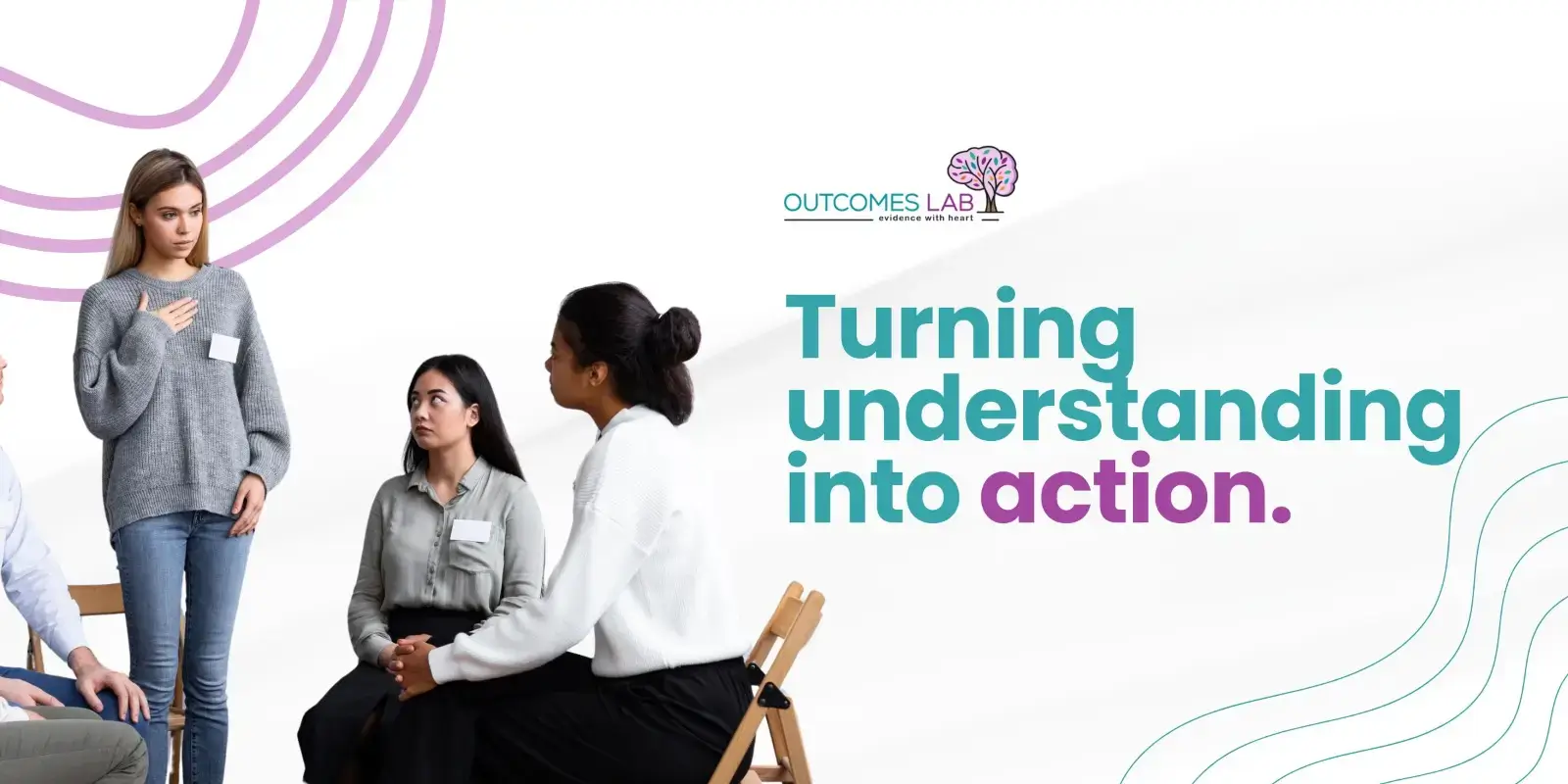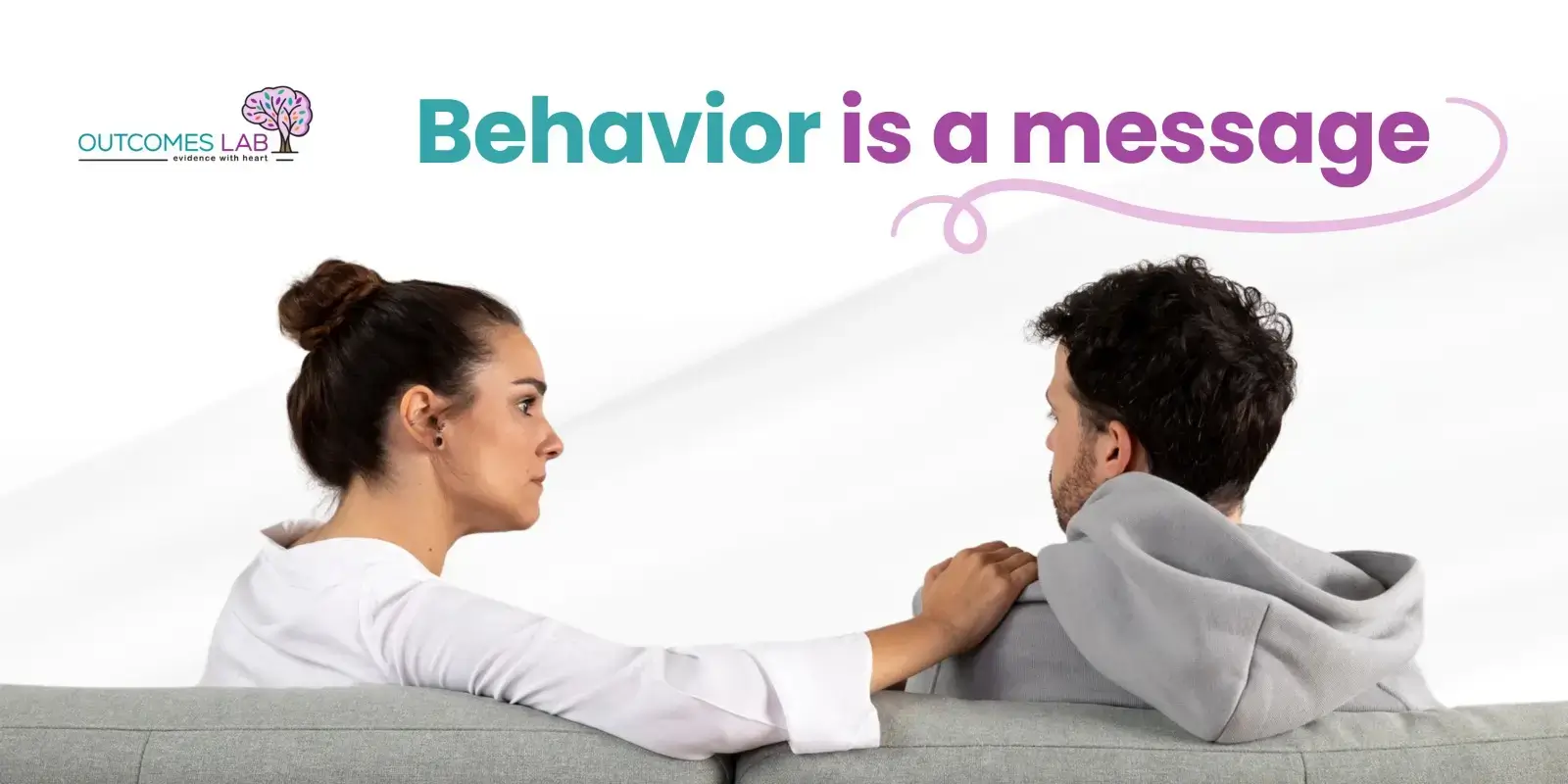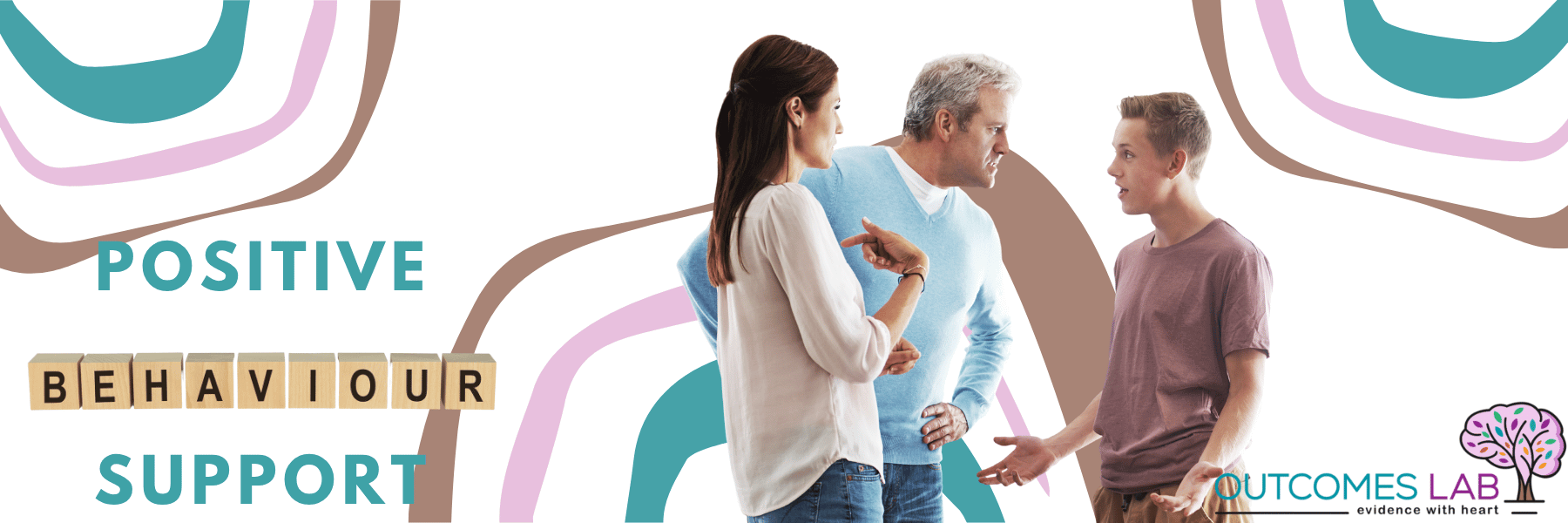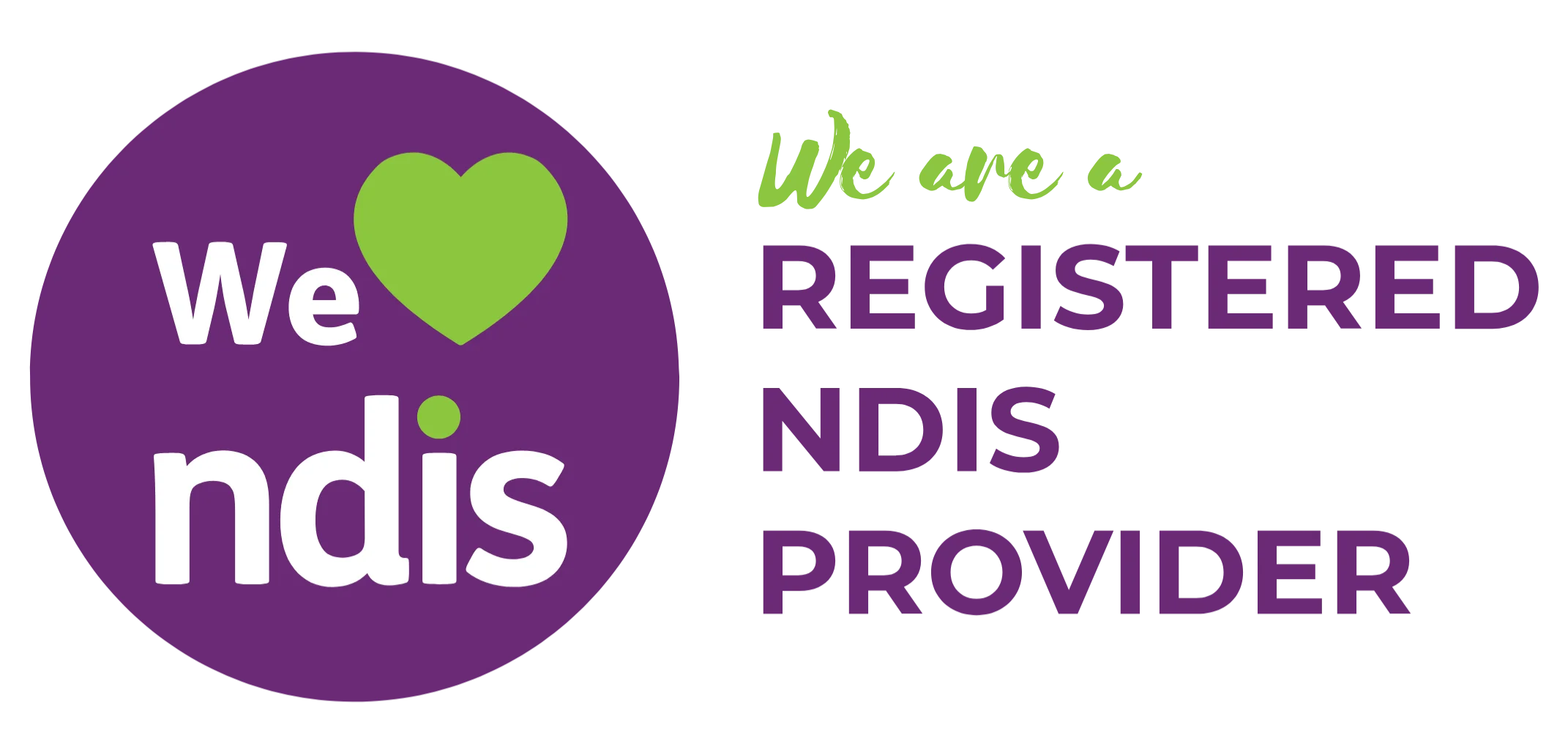When someone expresses themselves through words, we listen. But what happens when words are unavailable or insufficient? In many cases, behaviour becomes the language through which individuals communicate their needs, emotions, and experiences. Recognising behaviour as communication is essential in providing compassionate, person-centred support, especially within the framework of Positive Behaviour Support (PBS).
Behaviour: A Window into Unmet Needs
Challenging behaviours often signal that something important is being communicated. These behaviours can reflect physical discomfort, emotional distress, sensory sensitivities, or an unmet need. For example, someone might withdraw or become agitated in a noisy environment, not because they are ‘difficult’ but because they are overwhelmed. Recognising these behaviours as meaningful allows us to respond with curiosity and compassion rather than control.
Functional Behaviour Assessment (FBA), a cornerstone of PBS, helps determine the purpose a behaviour serves. By understanding whether the behaviour aims to gain attention, avoid a situation, or seek sensory input, we can design more effective and supportive strategies.
The Essence of Person-Centred Support
At the heart of PBS is a commitment to person-centred values. This means acknowledging the unique identity, preferences, and rights of the individual. Key elements include:
- Active Listening: Attending not only to words but also to gestures, tone, and context.
- Collaborative Planning: Engaging the individual and their support network in co-designing support strategies.
- Strengths-Based Approach: Focusing on what the person can do and how we can build on their capabilities.
These principles ensure that interventions are respectful and empowering, not just effective.
 Implementing Positive Behaviour Support
Implementing Positive Behaviour Support
PBS is proactive and evidence-based. It doesn’t aim to eliminate behaviour but to understand and replace behaviours of concern with more appropriate forms of communication and coping. Key components include:
- Functional Behaviour Assessment: Identifying triggers, patterns, and outcomes of behaviours to determine their function.
- Teaching New Skills: Equipping individuals with alternative ways to meet their needs. This might involve emotional regulation strategies or learning to request help appropriately.
- Environmental Adjustments: Changing the environment to reduce triggers. This could mean modifying routines, simplifying tasks, or improving sensory conditions.
- Staff Training and Capacity Building: Ensuring support staff are skilled in PBS strategies, understand behaviour through a functional lens, and respond consistently and supportively.
Training support staff is not just about skills. It’s about fostering a culture of respect, consistency, and understanding that enhances quality of life for the person receiving support.
Enhancing Communication through Collaboration
Communication is often at the heart of behaviour. When individuals struggle to express themselves verbally, behaviours become their primary mode of interaction. Effective support therefore involves:
- Understanding Behaviour Patterns: When behaviour is a person’s main way of communicating, it helps to look deeper. By examining patterns, triggers, and outcomes, we can begin to understand what they are trying to express. This insight supports the use of strategies like visual aids, predictable routines, and consistent responses to make communication clearer and more accessible.
- Multi-disciplinary Input: Occupational therapists, speech pathologists, psychologists, educators, and support workers each contribute unique insights. A cohesive team ensures communication supports are well-integrated across settings.
- Consistent and Respectful Interaction: Support teams must use shared strategies and language to reduce confusion and increase predictability for the person.
By prioritising clear and accessible communication, we empower individuals to engage more fully with the world around them.
Conclusion
Viewing behaviour as communication shifts our focus from reaction to understanding. It encourages empathy, inquiry, and respectful support. Grounded in the principles of PBS and functional behaviour analysis, this approach not only addresses behaviours of concern but also enhances the individual’s quality of life. When we listen to behaviour with compassion and respond with coordinated, person-centred strategies, we create environments where everyone has the opportunity to flourish.







